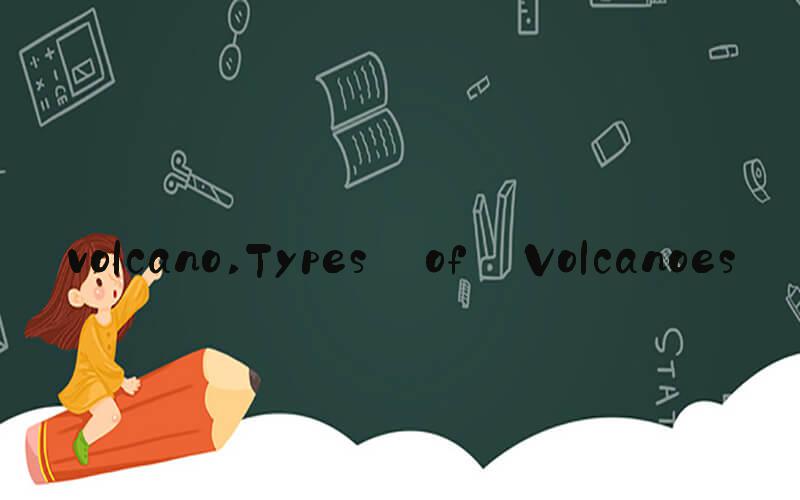 Introduction
IntroductionVolcanoes are one of the most awe-inspiring and terrifying natural phenomena on Earth. These geologic wonders have fascinated people for centuries, inspiring myths, legends, and scientific investigation. But what exactly is a volcano, and how does it work?
Types of VolcanoesThere are three main types of volcanoes: shield volcanoes, cinder cones, and stratovolcanoes. Shield volcanoes are broad, gentle-sloping mountains formed by the accumulation of fluid lava flows. Cinder cones are steep, conical hills made up of loose volcanic debris. Stratovolcanoes are tall, steep-sided mountains composed of alternating layers of hardened lava, volcanic ash, and other materials.
Volcanic EruptionsVolcanic eruptions occur when magma, which is molten rock located beneath the Earth's surface, rises to the surface and erupts through a vent or fissure. The type of eruption and the materials produced depend on several factors, including the viscosity of the magma, the amount of gas dissolved in the magma, and the size and shape of the vent.
Volcanic HazardsVolcanoes can be incredibly destructive and dangerous, posing a threat to people, property, and infrastructure. Volcanic hazards include lava flows, pyroclastic flows, ashfall, lahars (mudflows), and volcanic gases. These hazards can cause death, injury, and significant economic damage.
Volcanic Monitoring and PredictionMonitoring and predicting volcanic activity is critical for mitigating the risks posed by volcanic hazards. Scientists use a variety of tools to monitor volcanoes, including seismometers, gas sensors, and satellite imagery. By analyzing data collected through these tools, scientists can identify patterns and warning signs that suggest an impending eruption.
Famous VolcanoesThere are many famous volcanoes around the world, each with their own stories and legends. Some of the most famous include Mount Vesuvius, which destroyed the city of Pompeii in AD 79; Mount St. Helens, which erupted in 1980 and caused significant damage in the surrounding area; and Mauna Loa, the largest volcano on Earth and one of the most active.
ConclusionVolcanoes are fascinating and powerful natural wonders that inspire both awe and fear. While they are beautiful to behold, they can be incredibly dangerous and destructive. Understanding how volcanoes work and learning how to mitigate the risks posed by volcanic hazards is critical for protecting people, property, and infrastructure in areas that are prone to volcanic activity.
